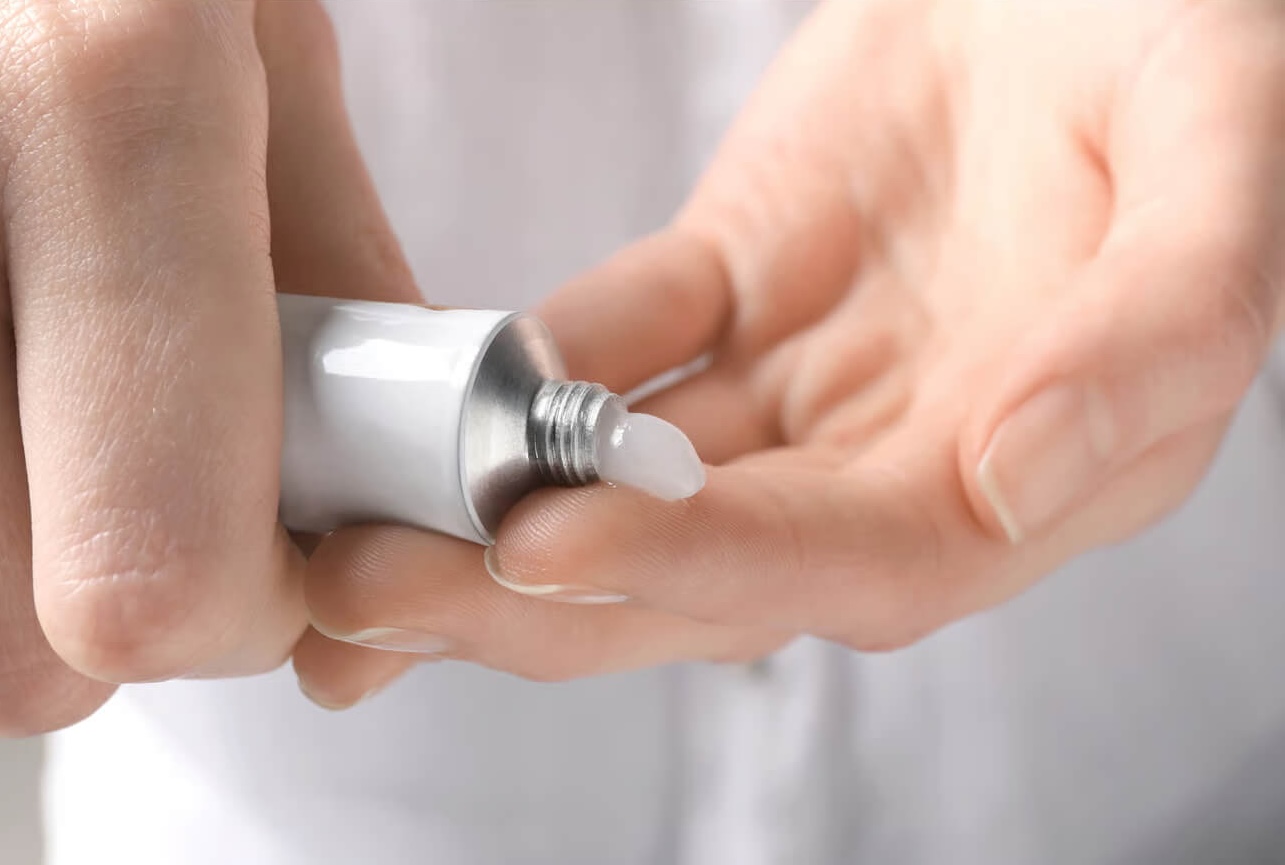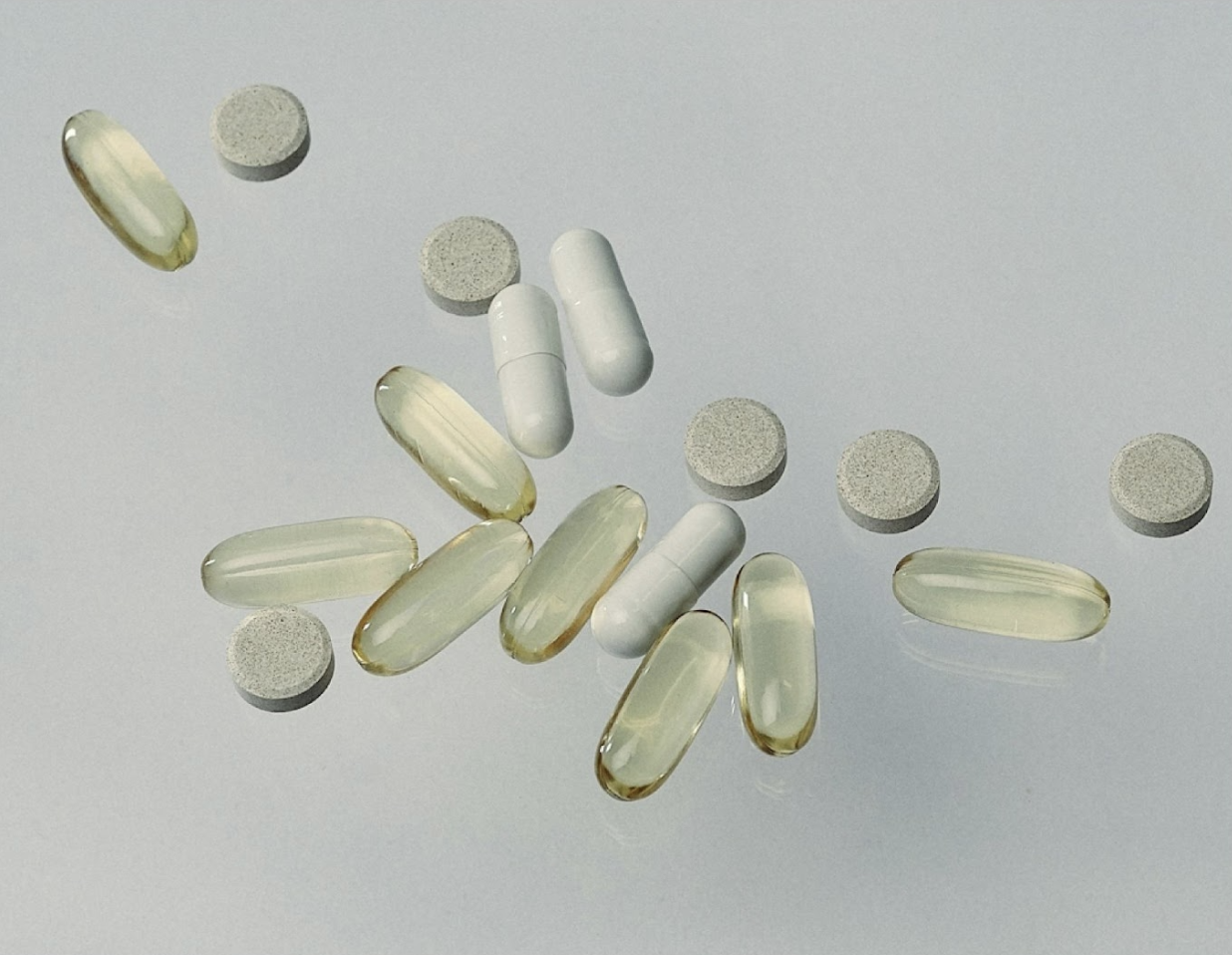Can Vaginal Estradiol Affect Your Partner?
Worried that your vaginal estrogen cream might affect your partner? Here’s what the science actually says—and how to stay safe without sacrificing intimacy.

This is a question I hear a lot from women who are navigating the hormonal rollercoaster of midlife. The short answer is that yes, estradiol cream can rub off on your partner. But before we panic and picture our partner growing breasts, let’s go through the science.
Wait, What’s Vaginal Estradiol?
Vaginal estradiol is a treatment for genitourinary syndrome of menopause (GSM), which is a collection of very uncomfortable symptoms including vaginal dryness, burning, painful sex (dyspareunia), and urinary urgency that affects up to 84% of people in menopause.
0.1% estradiol cream delivers a low dose of estrogen directly to the vaginal area. Unlike hormone pills or patches, it doesn’t deliver a lot of estrogen into your bloodstream, making it a great option for women who want symptom relief without whole-body hormone effects.
“Is it safe?” Standard doses of vaginal estrogen doesn’t significantly raise blood estrogen levels and is considered safe, even for women with a history of breast cancer (but as always chat with your doctor first).
Transference: Fact or Fiction?
Here’s the concern: If you’re using vaginal estradiol, can it transfer to your partner during sex, specifically from vagina-to-penis contact?
There is evidence that transfer is possible, especially with higher-concentration creams or if sex happens right after applications:
- Science Says: A 2008 study found that small amounts of estradiol were detected in male partners after skin-to-skin contact with women using topical estradiol. However, these levels stayed well below the normal range for men and didn’t pose any health risks.
Transference is actually more likely with transdermal gels or patches. If those aren’t fully dry or placed on high-contact areas (think thighs or arms), it’s more likely to rub off on someone else.
That said, “theoretical” doesn’t mean “impossible.” There have been rare cases of male partners experiencing mild hormonal symptoms (like breast tenderness) after prolonged exposure. But again, these cases are rare, involve high doses, and the symptoms went away once the exposure stopped.
Practical Tips
If you're using 0.1% estradiol cream, here are a few ways to minimize any potential exposure to your partner:
- Time it right: Apply the cream several hours before intimacy, or use it on alternate days from when you expect sexual activity.
- Use at bedtime: This gives it time to absorb while you're lying down and reduces likelihood of direct transfer.
- Consider other formulations: Vaginal estrogen tablets or rings may pose even less risk of surface transfer, as they sit further inside the vagina and don’t leave residue externally.
- Talk about it: If your partner has concerns, bring them into the conversation. This is about shared health and intimacy.
Bottom Line
For most women, the benefits of vaginal estradiol far outweigh the theoretical risks. When used properly and timed thoughtfully, the chance of significant hormone transfer is very low.
Still, if you or your partner notice anything unexpected (like breast tenderness, mood changes, or skin issues), it’s a good idea to chat with your healthcare provider. They’re there to help you navigate treatment options that don’t just support symptom relief, but increase your quality of life.


